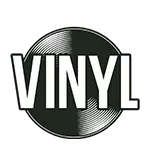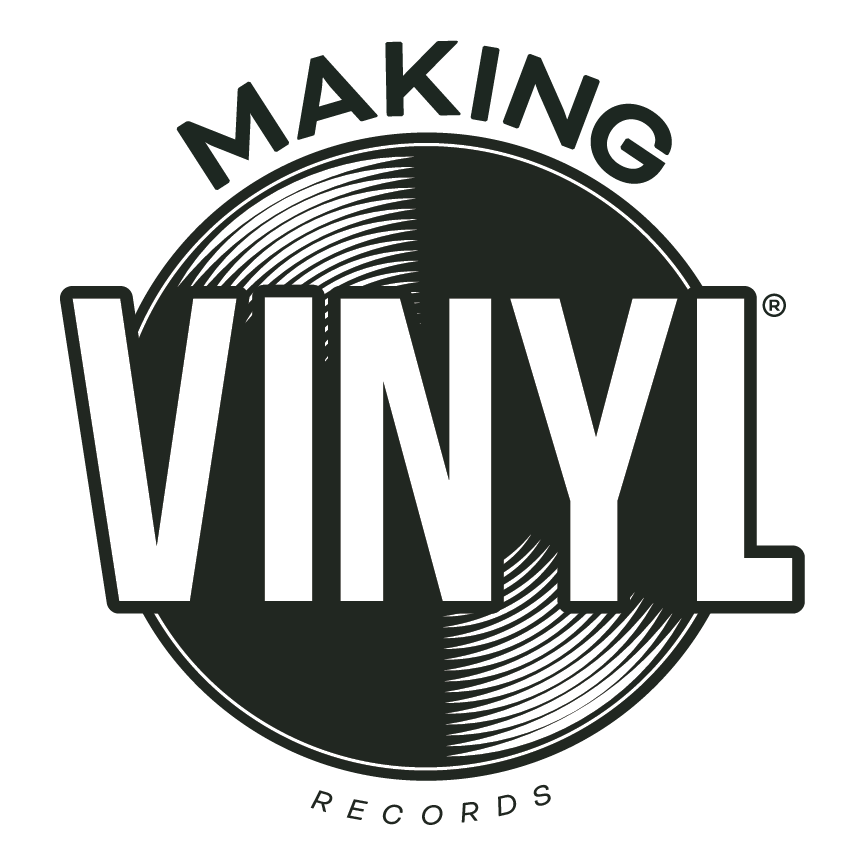By Clint Holley, Well Made Music
It has become clear in the past five years that consumers love vinyl records. The artwork, the lyrics and personal interaction are all reasons that this once “dead” format has catapulted back into the mainstream consciousness, but when asked, most people would respond that the biggest reason they love vinyl is the SOUND. Terms like “warm” and “analog” are used by many a fan to describe the unique and musical sound of vinyl records. There are a few very important reasons that records sound the way that they do and why they sound vastly DIFFERENT from pure digital recordings.
The first and possibly most important reason that records sound different from MP3s and CDs is that in the digital realm, the artist can create just about any sound that they want and it will be faithfully reproduced in the digital world. Records, and specifically the machines used to make the master recordings (cutting lathe) do not have the luxury of unlimited dynamic range and frequency response.
A cutting lathe used to create professional master recordings is a precise and complex machine that at one time represented the pinnacle of high fidelity recording. That being said, the delicate cutter head (the precise transducer that “cuts” the grooves) can only handle a certain level of high frequency information before the coils literally melt inside the head due to overheating. For this reason and also because high frequencies tend to distort on playback before other frequencies, a vinyl mastering engineer will “round” off some high frequencies with special tools if it seems they might be too present or could cause a problem on playback.
Secondly, it is important to note that a record is a physical medium and is bound by certain laws and principles that do not constrain digital medium. For example, a digital file can represent unusual “spaces” with wide stereo images and unnatural panning configurations. Records on the other hand need to have a groove and within those groove walls the waveforms of the audio are cut by the mechanical cutter head. Because of this physical grounding, it becomes necessary for the information to be cut to be generally in phase and centered around the bass frequencies and sometimes this requires the use of special filters that will “center” the bass to avoid the cutter head lifting off of the surface of the lacquer which would cause skips. These filters will slightly change the overall sound of the audio cut to disc, but will ensure that the disc plays without skipping.
Lastly, it is important to consider that each record is a physical artifact played by a diamond stylus attached to a playback cartridge. Playback cartridges vary in type and quality and can sound vastly different from one another. It is important to understand and investigate different types of cartridges in order to find one in your price range that presents the playback of audio in a way that you personally find flattering. During my personal research, I found that some carts can boost or cut certain parts of the audio spectrum by +/- 6db (That’s a LOT!). It would be unwise to compare a digital source (which will play the same no matter what the playback device) with a record because the record can sound infinitely different given the playback device.
When listening to a test pressing of your music on record for the first time, I would suggest closing your eyes and asking “Does this sound like a great record?” more than “How does this compare to the digital masters?” In the end, a record reveals great musicality and depth but they will rarely if ever sound exactly like the digital masters provided due to the reasons list above.


